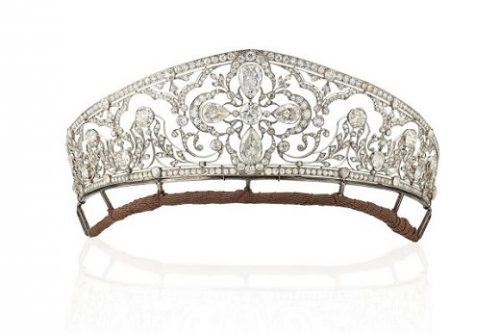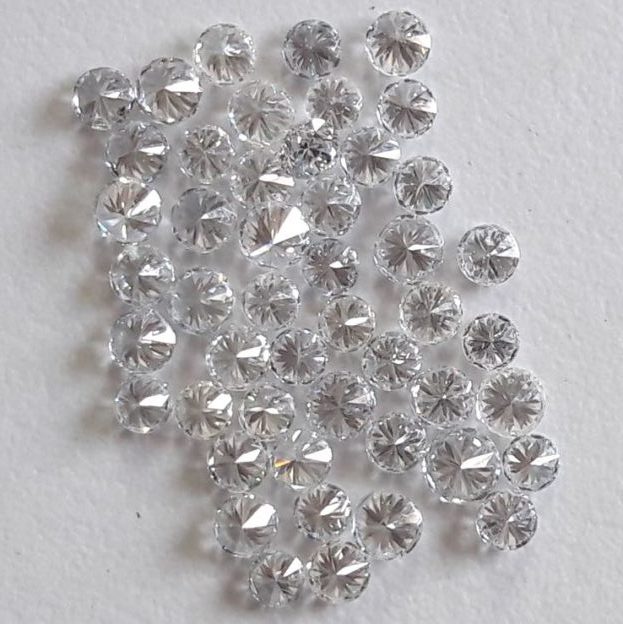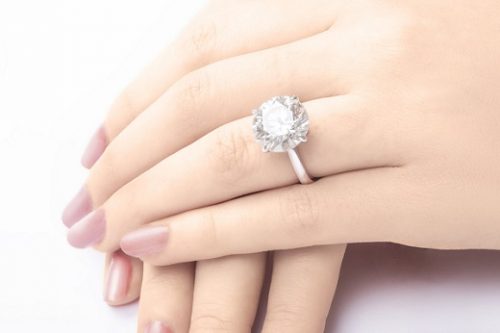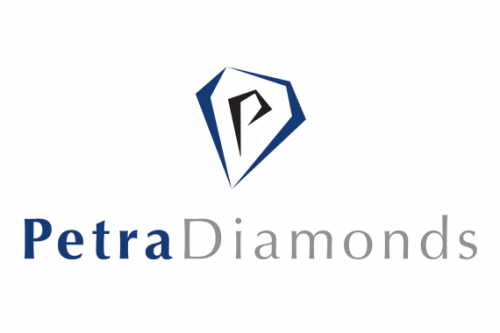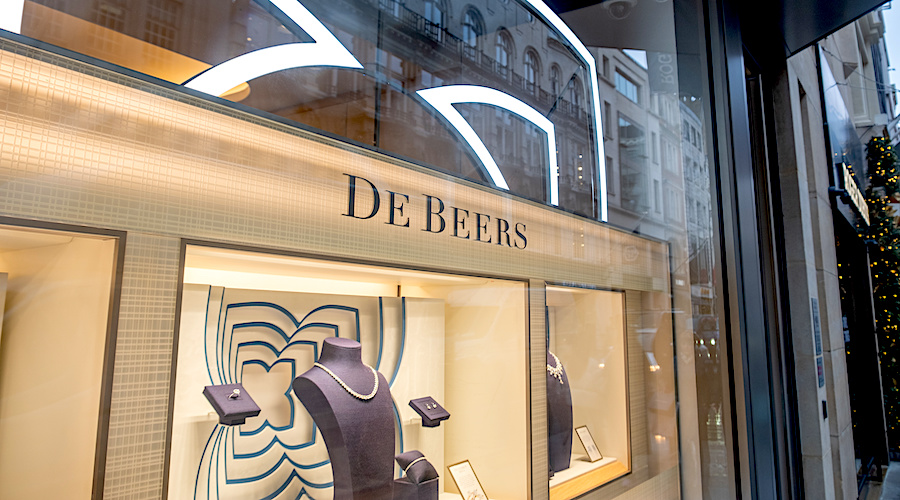The emergence of blockchain technology is
helping to turn diamonds into a new investment asset class that in
turn, could drive future demand for natural diamonds, the creator of a
new diamond backed crypto coin said on Friday.
Singapore based D1 Mint Limited, the creator of the diamond backed D1
Coin, announced on Friday that it has signed a purchase order with
diamond cutting and polishing company KGK Diamonds to start its diamond
reserve with 1 500 investment-grade diamonds delivered by Russian
diamond producer Alrosa, valued at close to $20 million, and which are
deposited at a vault in Antwerp, Belgium, the global centre for the
diamond trade.
“Today we made a huge step forward in the development of D1, a
project started a year ago to create an asset backed token and to make
diamonds an investable asset class,” D1 founder Hogi Hyun said.
The purchase order is meant to establish a reserve for digital tokens
backed by gem quality diamonds certified by the Gemological Institute
of America (GIA). Each D1 Coin is pegged to the value of a fraction of
an authentic, natural diamond, as determined by the proprietary pricing
algorithm, the D1 Matrix.
According to D1 Mint, diamonds are an ideal asset backing for a coin
since they are rare, taking a billion years to develop, and have several
millennia of history as a recognised store of wealth and value.
The diamonds in the D1 reserve will be sent to GIA in New York to be
graded, laser-etched and packed in tamper proof packaging, before being
shipped to secure vaults in Singapore and Switzerland. Logistics and
warehousing are provided by established specialists such as Brinks and
Malca Amit, while insurance is provided by Lloyds of London.
Further, D1 Coins provide users the ability at any point in time to
select specific diamonds from the diamond reserve and convert their
tokens into diamonds at a fixed price determined by D1 Matrix. D1 Coins
provide a direct exposure to the price of diamonds, opening a new asset
class to investors globally. In addition, as an asset-backed token, the
D1 Coin provides an excellent means of exchange and store of value in
the crypto markets.
Alrosa noted that the approach taken by D1 “will succeed in making
natural diamonds an investment asset class attractive to various
investor groups, drive higher demand for natural diamonds and support
further growth of the diamond industry in Russia”, Alrosa board member
and D1 advisory committee member Alexei Chekunkov noted.
“The convenience of blockchain will help turn diamonds into a
respectable investment asset class that in turn will drive future demand
for natural diamonds.”
PHYSICAL DEMAND
Independent New York diamond analyst Paul Ziminisky noted in comments to
Mining Weekly Online
that the potential for new diamond demand is there, but blockchain does
not necessarily address the traditional challenge of investing in
physical diamonds with its fungibility, or lack thereof.
“I think the success of products like these will rest on the
reputation of the funds and the custodians, for example, confidence that
the underlying asset is accurately reflected in the coin. This can be
mitigated somewhat with auditing.”
According to him, gold has done quite well in securitised form, and
he believes that this is in part due its fungibility, and the simplicity
that comes with that. “So gold has a natural advantage relative to
diamonds as a securitised physical investment vehicle in that sense.”
“In general, I see securitised forms of physical commodities more as
trading vehicles than investments. I think the inherent desire to hold
physical diamonds as an investment, or as a store of value significantly
rests in the desire to physically possess the asset,” Zimnisky
commented.
Source:
DCLA
